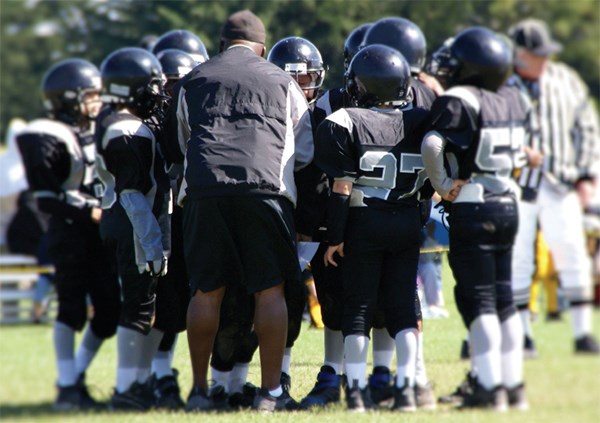“Idle hands are the devil's playthings.”
These words pass through my mind while I am on the sideline—a football game in progress in front of me. The Phillips Academy High School football team was doing what they usually do: winning. Just several city blocks down the street you would find the University of Chicago Medical Center, a Level I trauma center that can average multiple gunshot wound victims a night. The field where the football team play is not a stone’s throw from the old Ida B. Wells Homes housing community where 5-year-old Eric Morse was murdered after being held outside a 14-story window by 10- and 11-year-old boys.
The city of Chicago is no stranger to crime. Its homicide rate consistently ranks among the highest in the United States.1 But a disproportionate amount of crime emanates from the South Side of Chicago. In 2018, according to the Chicago Police Department statistics, the South Side of Chicago witnessed 391 shootings, 103 murders, 1,227 vehicle thefts, and 1,017 aggravated batteries.2 It’s difficult to find Chicago’s specific crime rates when it comes to teenagers. But rates of teen arrests in the United States have steadily increased for murder and nonnegligent manslaughter, from 2.2/100,00 persons in 2012 to 2.7 in 2017.3 Instead of increasing the number of police units and the number of years in mandatory sentencing, could there be a benefit in sports programs? Sports often provide a positive influence on students, so it is easy to make the assumption that they would have a positive effect on crime. Are there studies showing sports have a positive impact on teen crime?
In 2008, a study from Northeastern University College of Criminal Justice looked into the effects of church and non-school activities like sports on delinquent behavior (such as violent acts like carrying a weapon or fighting). There was a significant decrease in delinquency rates among the 1,400 teens studied who participated in activities outside of school.4 A secondary finding was the effect of positive or negative outlooks on school environment. If a student had a positive outlook on his or her school environment, that would decrease rates of risky or delinquent behavior.4 The majority of the previous population were upper middle class. One could argue the results could not be directly translated to teens from a more impoverished area.
Another study in the early 2000s, out of the University of Michigan, found similar results in a more diverse sample of students. Rates of major crime and school suspension were lower in schools with higher rates of sports participation while controlling for school location and student:teacher ratios.5 The trend over the several-year study was that as rates of sports participation increased, a converse decrease occurred in major crime and school suspension. Lastly, a large meta-analysis published in 2016 analyzed 51 studies with more than 130,000 adolescents and found no significant difference in juvenile delinquency among those who did or did not participate in sports.6 Even when separated by gender or by team sports, the results were not significant. Multiple studies did show a positive effect, but the significance did not have enough power to outweigh other studies.
Regardless of study findings, no one is arguing against the positive effects of sports. They increase bonding, promote following rules, and can offer positive mentorship. It’s possible the data might change if certain sports that may increase aggression were separated from studies. Also, in neighborhoods without access to other after-school programs, sports may actually have a significant effect. More research can still be done, and I hope to look further into this topic in the future.
References
1. Mirabile F, Nass D. What's the Homicide Capital of America? Murder Rates in U.S. Cities, Ranked. The Trace. 2019 May.
2. Crime Statistics. Chicago Police Department. 2019 Jul.
3. Bureau of Justice Statistics. Juvenile Arrest Rate Trends. Office of Juvenile Justice and Delinquency Prevention. 2018 Oct.
4. Northeastern University. Can Involvement In Extra-curricular Activities Help Prevent Juvenile Delinquency? ScienceDaily. 2008 Mar.
5. Veliz P, Shakib S. Interscholastic Sports Participation and School Based Delinquency: Does Participation in Sport Foster a Positive High School Environment? Sociological Spectrum. 2012;32(6):558-580.
6. Spruit A, van Vugt E, van der Put C, van der Stouwe T, Stams GJ. Sports Participation and Juvenile Delinquency: A Meta-Analytic Review. J Youth Adolesc. 2016;45(4):655–671.



